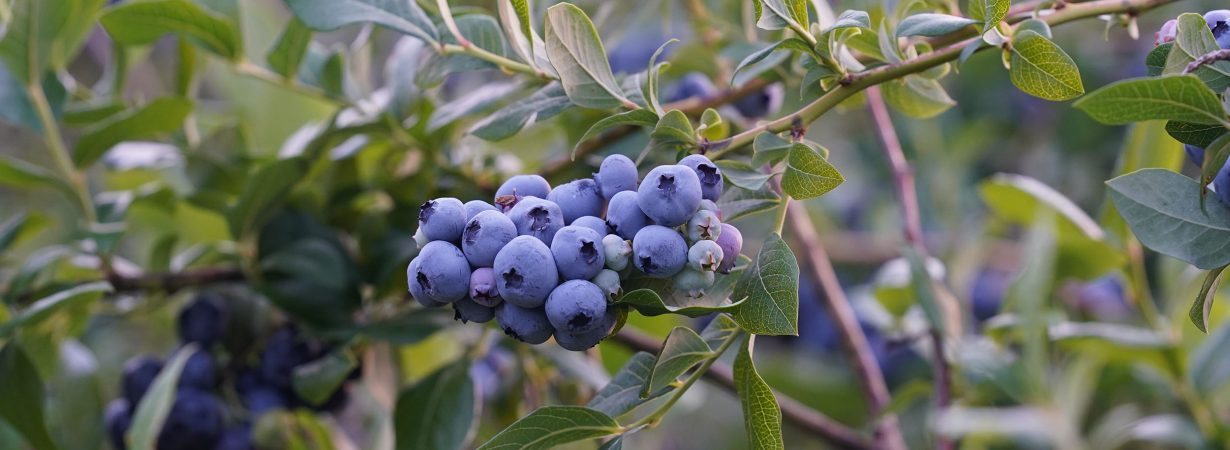Editorial Mario Steta (The sweet story of Peru’s blueberry boom – The Economist)
Today, we participate in a pivotal moment in our industry—one filled with both significant challenges and extraordinary opportunities. It is with great excitement that we invite you to attend an informational cocktail event that will take place during the Fruit Attraction trade fair from October 8th to 10th in Madrid.

This gathering allows us to connect face-to-face, strengthening the bonds of collaboration as we embark on this new chapter for the IBO and our industry. In recent days, an article in The Economist has drawn attention to the advancements we are making and the vital role that Peru plays in the global market. This fortuitous timing grants us the perfect platform to showcase our efforts and aspirations.
As we look to the future, it is essential that we take the time to reflect on our short-term strategies, specifically regarding how we can boost demand amidst a notable increase in supply. As more agricultural areas come into production, this challenge will only intensify.
We recognize the critical role that the IBO will play over the next 5 to 10 years. With this in mind, we are committed to ensuring that our organization is prepared to address emerging challenges and capitalize on opportunities that lie ahead.
Together, let us embrace this moment, forge new paths, and continue to elevate our industry to new heights.
I look forward to our discussions in Madrid.
The Economist: The sweet story of Peru’s blueberry boom
Plucky farmers have transformed the market in only ten years
Sep 12th 2024|Lima – Peru’s blueberry harvest is just beginning, and Ivan Jauregui, an agronomist, looks excited. At a farm he oversees about 100km north of Lima, the capital, workers are gently twisting the fruit from their bushes. Staff in a newly built packing-plant load the best berries into refrigerated shipping containers, then pack them off to the port of Callao. Mr Jauregui says he once squeezed 35 tonnes of blueberries from a single hectare of land; he is always hoping to beat this record. “Every year we have to grow and improve,” he says.
Peru caught blueberry fever a little over a decade ago. Farmers noticed that their counterparts in Chile were making a lot of money selling the fruit during the off-season in the United States, when prices are high. They sought to do the same—and things have worked out better than anyone dared hope. Back in 2013 Peruvians earned about $17m exporting blueberries; by last year receipts had soared to $1.7bn. In 2019 Peru became the world’s single biggest exporter of fresh blueberries. Nowadays it sends more than twice as many berries abroad as its closest rivals.

The country owes much of its success to novel kinds of blueberry bush. Historically the fruit has grown well only in places with chilly winters. Peru’s blue revolution relies on newfangled “low chill” varieties, developed in the United States, that thrive on Peru’s coast. The International Blueberry Organization, an industry group, says that in 2022 the yield of a typical Peruvian blueberry farm was nearly double the global average (which is nine tonnes per hectare). Julio Zavala of Fall Creek, an American breeder of blueberries, reckons it takes only about two years for a new farm in Peru to start turning a profit. In other places four years is more common.
Blueberry farmers have also gained from trends that have boosted all manner of Peruvian produce. These include tax breaks and irrigation megaprojects that have opened up land along Peru’s desert coastline. Between 2000 and 2023, total annual Peruvian farm exports grew 16-fold to $10.5bn. “It’s mind-bending,” said Rafael Zacnich of Comex, Peru’s international trade association. Yet blueberries remain “by far” the most profitable crop, reckons Percy Muente of Agrícola Cerro Prieto, a big agricultural group that employs Mr. Jauregui. If his firm still grows avocados and asparagus, that is in part because it does not want to place all its berries in one basket, he says.
Boosters promise more growth. The world’s taste for blueberries is increasing. Peruvian exporters have their eye on China, which produces plenty of its own berries but which could eat a lot more. And there is additional land in Peru that could be used to grow the fruit, if politicians and investors bless the big infrastructure projects needed to water them.
Yet in future growers will also have to swerve a handful of risks. Last year extreme weather stole a big chunk of Peru’s production (though its income from exports continued soaring, because global prices shot up). It was not the only country to suffer, but the sticky experience has accelerated efforts to identify and spread varieties that might cope better with climate change. And farmers in lots of other places fancy a slice of Peru’s blueberry pie, notes Mr Jauregui. “Colombia, Morocco: everyone is growing blueberries now.” ■
Read the article: https://www.economist.com/the-americas/2024/09/12/the-sweet-story-of-perus-blueberry-boom







